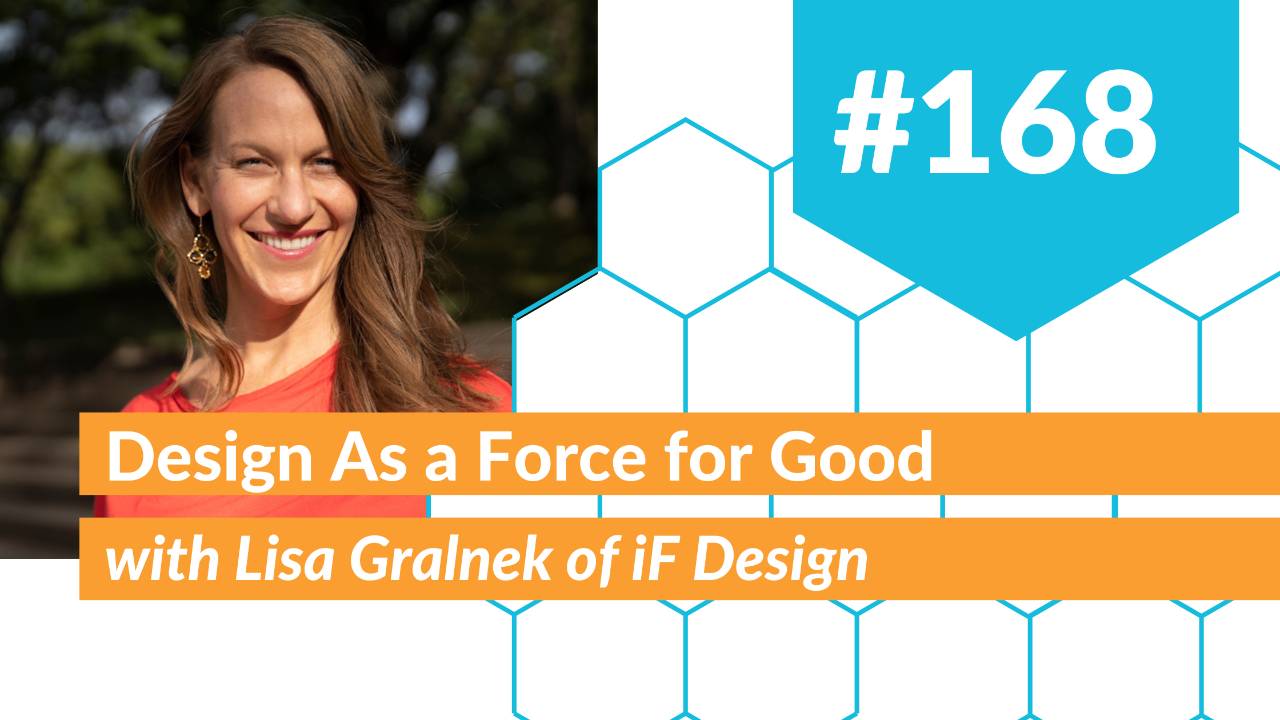Design as a Force for Good

Design is more than aesthetics; it is the hidden system that shapes how we live, work, and build. In this conversation with IF Design’s Lisa Grahlnick, we pull back the curtain on design as a force for good, moving beyond shiny objects to the structures and choices that decide whether a product thrives, a platform scales, or a policy creates real value. Lisa’s career across fashion, strategy, and design leadership reveals a through line that ties values, creativity, and operations together. She argues that design sits at the intersection of left- and right-brain thinking, combining analysis and imagination to solve real-world problems. Whether improving a beverage label’s recyclability or building resilient energy access in emerging markets, the decisions are designed, and their impact is measurable.
IF Design’s story proves how design leadership can guide a global ecosystem. Founded in post-war Hanover, the organization grew alongside the rise of industrial design and now runs the IF Design Award, a large, independent competition with approximately 11,000 entries across 93 categories. The award’s two-step jury process combines rigorous digital evaluation with in-person debates, drawing on experts from architecture, interiors, UX, and product design. The criteria—idea, form, function, differentiation, and sustainability—ensure that a sleek concept still meets real-world needs. Sustainability now accounts for 20 percent of the score, and Lisa’s team consults an external working group to tailor category questions, ranging from repairability to energy loads, guiding applicants to provide evidence rather than slogans.
Furniture and the built environment take center stage for many listeners, and Lisa maps how IF handles office, lighting, textiles, and interior architecture alongside connected product ecosystems. The connected layer matters: lighting, shades, audio, and controls no longer live in silos. The academy expands this thinking, offering executive education that helps mid- to senior-level design leaders speak business fluently, scale teams, and anticipate the future. Lisa worries that the design seat in the C-suite is shrinking; her solution is to equip designers to discuss margins and market share with confidence while still championing human-centered outcomes. Cohort-based learning with leaders from McKinsey Design, HP, and others aims to make that shift tangible and immediate.
Sustainability threads through every example Lisa shares. She views it as a balance of environmental and social impact, rooted in circular principles and transparent trade-offs. A simple packaging change, such as adding a tear strip to improve recyclability, can yield significant results at scale. In architecture, decisions regarding materials, operational energy, water use, and end-of-life planning significantly impact occupant health and project longevity. On the digital side, energy-hungry choices—such as heavy websites or unmanaged AI workloads—carry real costs. IF’s sustainability framework acknowledges the messy landscape of global standards by recognizing leading certifications while pushing entrants to disclose design decisions at a practical level. As jurors learn and applicants adapt, the bar rises across the industry.
The episode also explores why IF has been less visible in the U.S. despite deep roots. The previous strategy favored Europe and Asia, where the award is a benchmark used by CEOs and city leaders alike. In North America, companies like Apple use IF wins as internal metrics rather than public bragging rights. That is changing as Lisa builds bridges to architecture and interiors through events and media networks. She also hosts Future of XYZ, a fast-paced show on creativity, culture, and the future, spotlighting voices on AI in design and applied R&D at leading firms. The common thread is curiosity with rigor—design as the language of systems that can deliver better business outcomes and a better world, one informed decision at a time.
